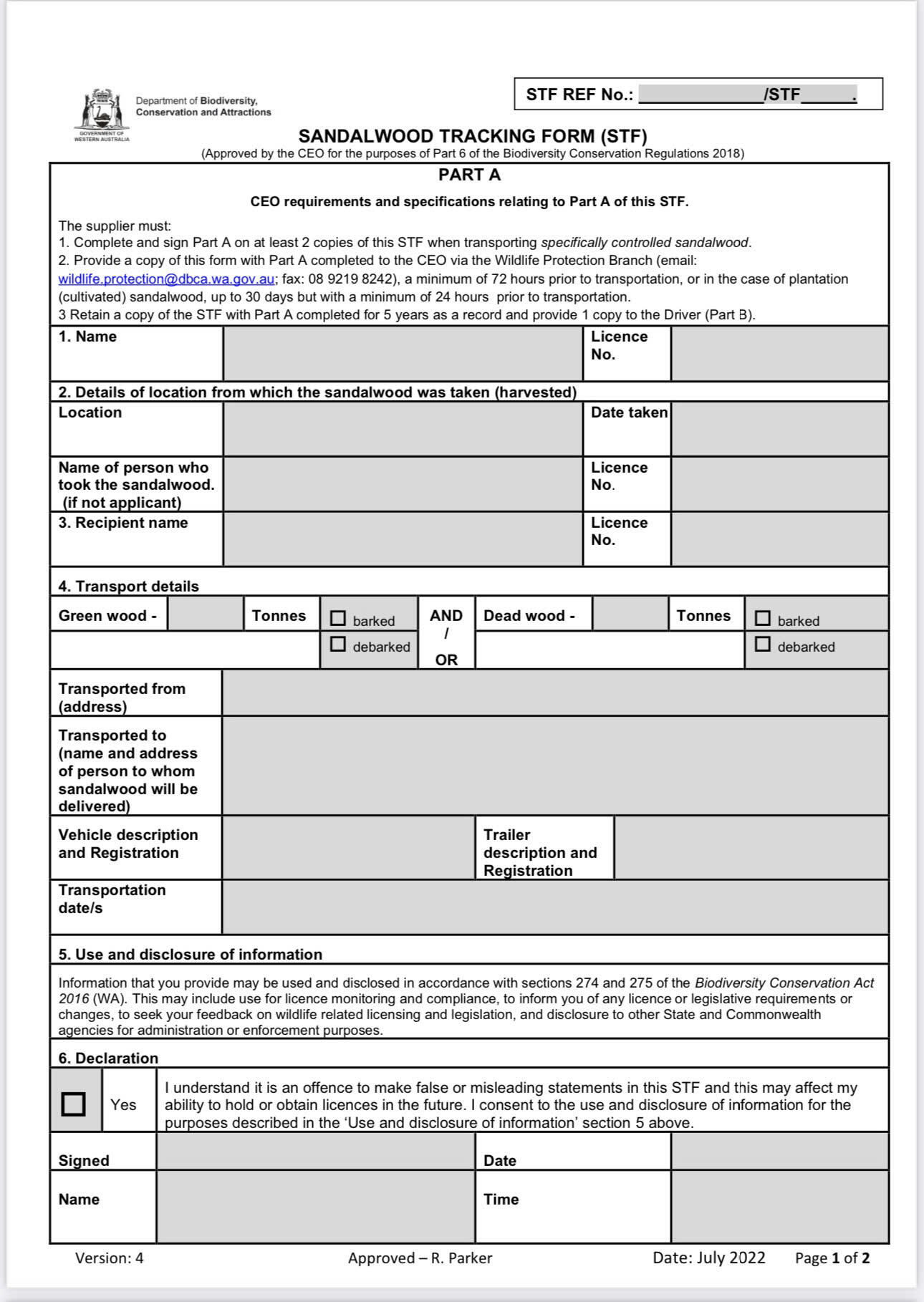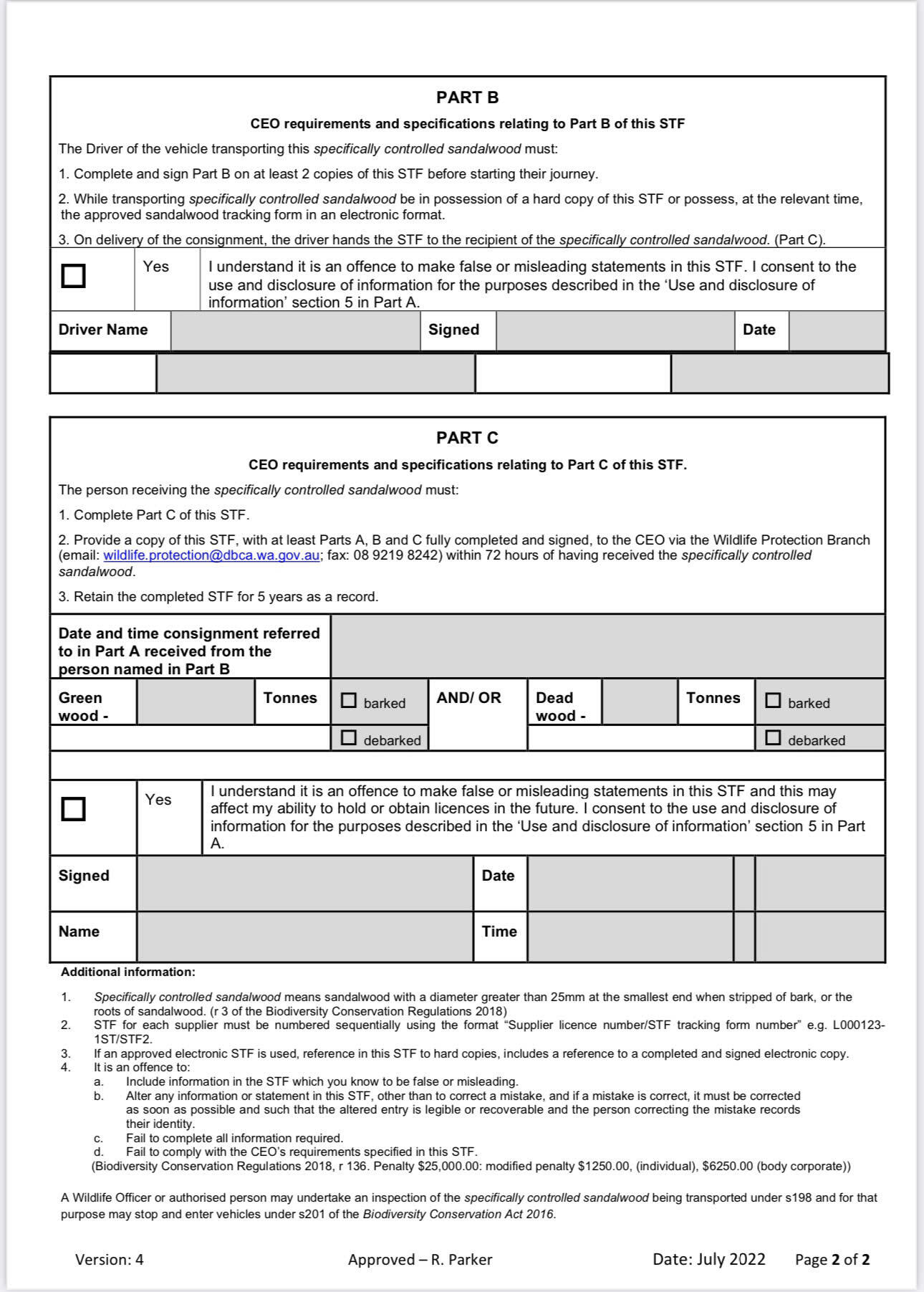-
Hotline : +84 981 282 028
- vyan.company@gmail.com
White Sandalwood (Santalum Album)
Price:
ContactPeople are viewing this right now
Sandalwood is cultivated in several countries worldwide, especially India, Australia, Indonesia, Thailand, the Philippines, Malaysia, and Vietnam. Australia is the largest market, accounting for approximately 69% of the global share, followed by India with around 20%.
In terms of value, the global sandalwood market is experiencing strong growth. By 2030, it is projected to reach $499.8 million, with an annual growth rate of about 9%. Sandalwood is widely used in perfumery, cosmetics, medicine, carving, and furniture, driving increasing demand.
Sandalwood được trồng ở nhiều quốc gia trên thế giới, đặc biệt là Ấn Độ, Úc, Indonesia, Thái Lan, Philippines, Malaysia và Việt Nam. Trong đó, Úc là thị trường lớn nhất, chiếm khoảng 69% thị phần, tiếp theo là Ấn Độ với khoảng 20%.
Về giá trị, thị trường sandalwood toàn cầu đang phát triển mạnh mẽ. Dự báo đến năm 2030, giá trị thị trường có thể đạt 499,8 triệu USD, với tốc độ tăng trưởng hàng năm khoảng 9%. Sandalwood được sử dụng rộng rãi trong nước hoa, mỹ phẩm, y học, điêu khắc và đồ nội thất, khiến nhu cầu ngày càng tăng.
https://www.businessresearchinsights.com/market-reports/sandalwood-market-103413
To export sandalwood, you need several important documents, depending on the exporting and importing countries. Here are some common requirements:
Harvesting Permit: If the sandalwood is sourced from natural forests, a legal harvesting permit may be required.
Export License: Some countries mandate special export permits, particularly for wild sandalwood.
Certificate of Origin: Ensures the sandalwood is legally and sustainably sourced.
Phytosanitary Certificate: Required to comply with the importing country's quarantine regulations.
Commercial Invoice & Bill of Lading: Essential documents for international shipping.
CITES Certification: If the sandalwood species is protected under the CITES Convention, special authorization is needed.
Để xuất khẩu sandalwood, bạn cần có một số giấy tờ quan trọng, tùy thuộc vào quốc gia xuất khẩu và nhập khẩu. Dưới đây là một số tài liệu phổ biến:
Giấy phép khai thác: Nếu sandalwood được thu hoạch từ nguồn tự nhiên, bạn có thể cần giấy phép khai thác hợp pháp.
Giấy phép xuất khẩu: Một số quốc gia yêu cầu giấy phép đặc biệt để xuất khẩu sandalwood, đặc biệt là loại hoang dã.
Chứng nhận nguồn gốc: Để đảm bảo sandalwood được khai thác hợp pháp và bền vững.
Chứng nhận kiểm dịch thực vật: Để đáp ứng các quy định về kiểm dịch của nước nhập khẩu.
Hóa đơn thương mại và vận đơn: Các giấy tờ cần thiết để vận chuyển hàng hóa quốc tế.
Chứng nhận CITES: Nếu sandalwood thuộc danh mục được bảo vệ theo Công ước CITES, bạn cần có giấy phép đặc biệt.

